At #baselworld 2015, Christophe Claret’s headliner was the Allegro, a new minute repeater watch that boasts very fine craftsmanship and an extremely eye-catching movement. Here’s what you need to know about the Le Locle brand’s latest in order to stay up to date.
1. It comes from a very musical family.
Watchmaker Christophe Claret has always been fond of minute repeaters; in fact, the first watch movement Claret designed, in 1989, was a minute repeater. The Allegro follows in this heritage. It is the third musical watch in the brand’s Traditional Complications collection, following after the Adagio and Soprano models. However, it has a movement entirely its own. Caliber ALG89 is a manually wound caliber 34 mm in diameter. It has a grand total of 520 components. It beats at 21,600 vph.
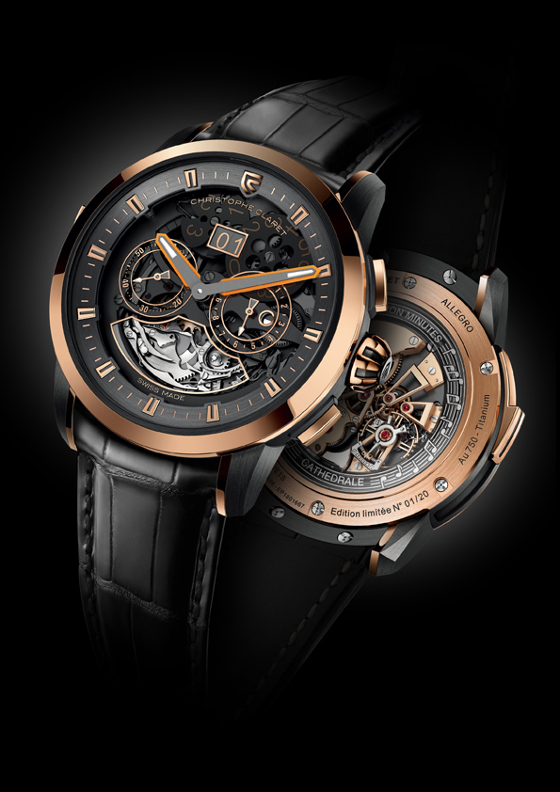
2. The Allegro uses a smoked sapphire dial to highlight the workings of the repeater.
A darkened, translucent dial offers many advantages for watch designers. In some sense, it’s a happy medium between an openworked dial that lays everything bare and an elegant, solid dial that keeps the caliber under wraps. In the case of the Allegro, the smoked sapphire helps emphasize the main time displays: the hour and minutes hands at center, small seconds at 9 o’clock, and a 2nd time zone at 3 o’clock. But in its bottom quadrant the dial is fully transparent, with a lunette window giving the wearer full view of the repeater mechanism. When you activate the slider on the left side of the case, you’ll be able to see the movement come alive through this window, as the Allegro rings out the hour, quarter hour and minutes.
3. The minute repeater uses extra-long gongs.
If you take a look at the movement by itself, you’ll notice more than one coil of drawn steel encircles the caliber. That’s because the Allegro uses cathedral gongs, which are longer than standard repeater gongs. They circle the movement twice, giving deeper, more resonant pitches when the hammers strike.

4. Even though it’s a minute repeater, it has just one barrel.
One of the things that make minute repeaters special is the amount of energy they demand. Beyond the normal timekeeping requirements, a musical mechanism with striking hammers requires a lot of energy just for itself. That’s why most minute repeaters gave two separate mainsprings, one to power the escapement and going train and the other for the repeater mechanism. The Allegro stands out for having just a single barrel, with an ample 60-hour power reserve.
5. The date and GMT displays are controlled by pushers, not crowns.
The Allegro has two time zones thanks to its GMT display, which also comes with a day/night indicator. Additionally, at 12 o’clock is a big-date display. But you can easily set either one of these complications via the pushers above and below the crown. When you arrive in a different time zone, you can hop the GMT hand forward one hour by pressing the 4-o’clock pusher once. If you need to change the date, just hit the button at 2 o’clock.
6. Christophe Claret obtained three patents for the Allegro.
The Allegro movement has its fair share of innovations, so Christophe Claret had to apply for patents on three aspects of the mechanism. The big-date display, controlled by the pusher, merited one patent. Another went to the cathedral gong design, which uses a special mechanism to limit excess vibration within the movement. The third patent is for the original fine-adjustment mechanism for the balance wheel. (You can see it marked on the balance cock, with plus and minus signs.)
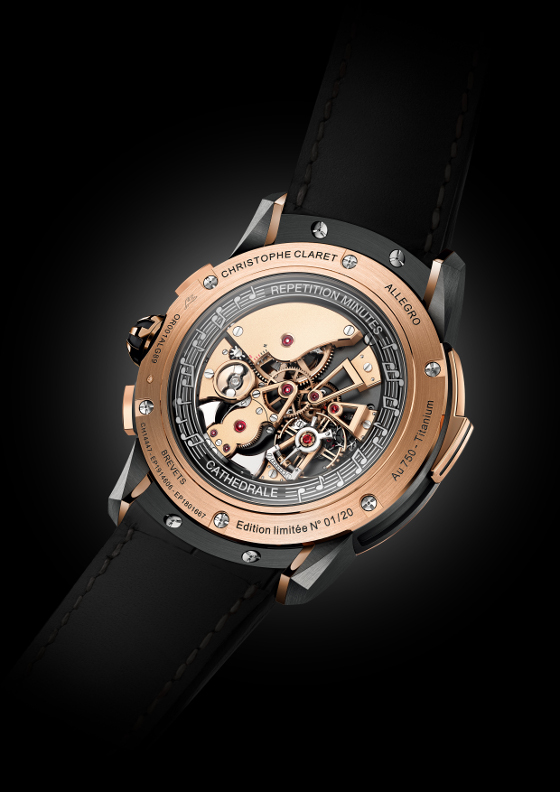
7. It has Charles X-style bridges.
Also to admire on the movement are the three skeletonized bridges surrounding the balance. These are a callback to pocketwatch design. They’ve been hollowed out and have a step in them, so that they’re anchored to the base of the movement. This is known as the Charles X style.
8. It’s a limited edition.
The Allegro comes in two versions: white gold or rose gold, each combined with black PVD-treated titanium. In both cases, it has a 45-mm diameter and is 14 mm thick. The strap is made of black alligator and has anthracite stitching. The watch is water resistant to 30 meters. Only 20 pieces of each of the two versions are being produced. Whether your preference is white gold or rose gold, the watch costs 268,000 Swiss francs, or $250,000 in the U.S.

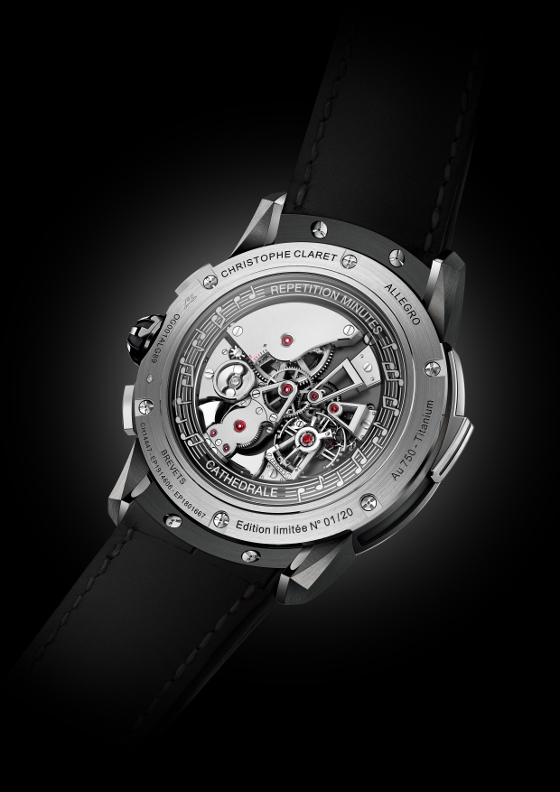
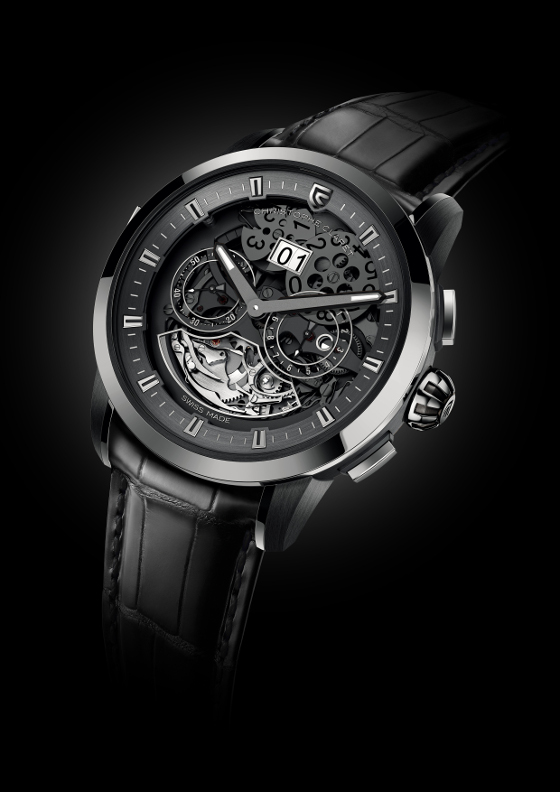

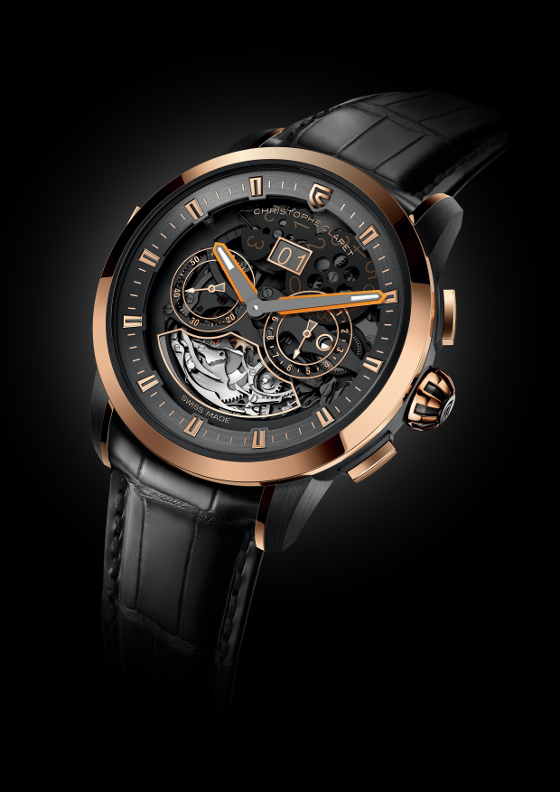
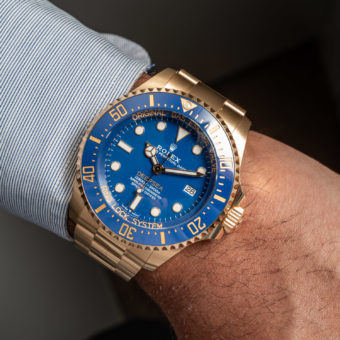
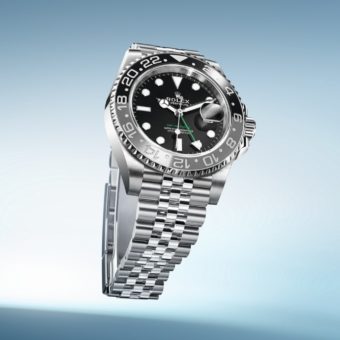
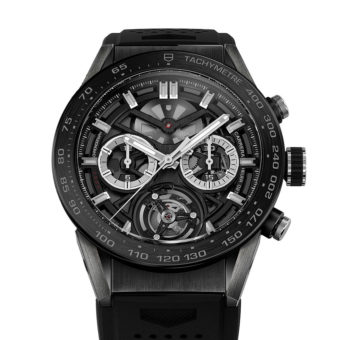
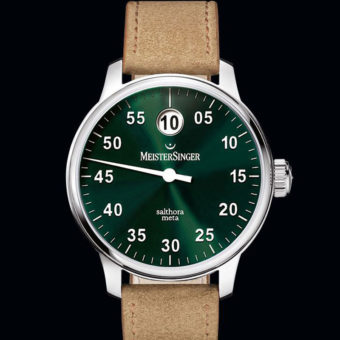


you had me enthralled until i read the insane ‘costs 268,000 Swiss francs – approximately $277,000’ proving fools are not in limited supply but this movement is! nice to see our taxpayer bail-in money going to such a nice looking watch thats made for the blind… with NO money you dont need sight, just the time…